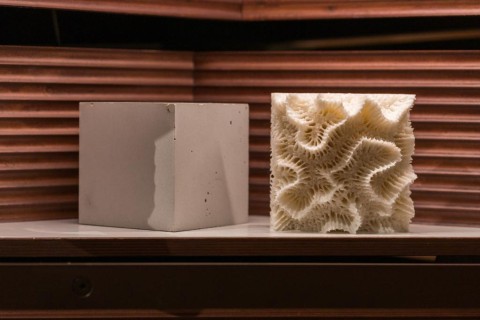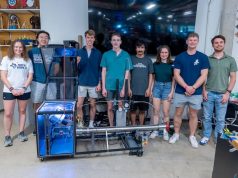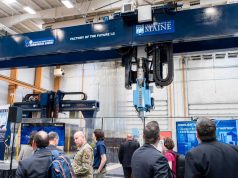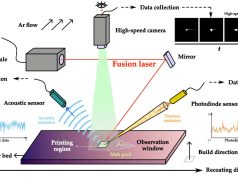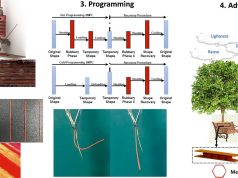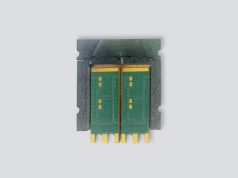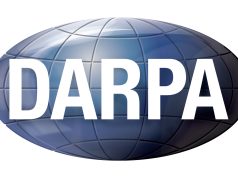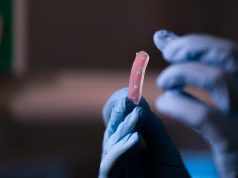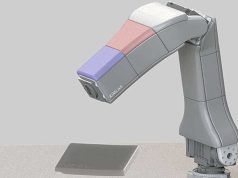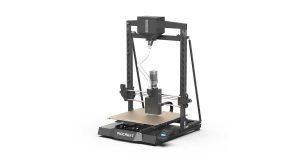At the Venice Architecture Biennale, KAUST researchers are exhibiting reduced-carbon concrete for coral protection. Together with the startup PARTANNA, a 3D model of a coral reef was also shown. The exhibits illustrate innovative materials research for marine ecosystem protection.
In the context of Saudi Arabia’s Vision 2030, KAUST is collaborating with Bahamian startup PARTANNA. Together, they are researching alternative concrete mixes that produce fewer carbon emissions. PARTANNA’s material presented in the exhibition complements other KAUST solutions, particularly the MaritechtureTM program, which is supported by Dr. Sebastian Schmidt-Roach, a coral ecologist. MaritechtureTM enables the transfer of laboratory-grown corals back to their natural reef environment.
Professor Carlos Duarte, Executive Director, Global Coral Reef R&D Accelerator Platform and 12th most influential climate scientist in the world, said: “Corals face alarming degradation due to human impacts and climate change. However, we are developing solutions to help protect coral reefs from the changing climate, including carbon-negative concrete alternatives that are less damaging to the environment.”
The exhibition, under the theme “The Laboratory of the Future,” explores the relationship between physical and abstract elements in architecture. There is a focus on the earth (IRTH إرث) and the sustainable use of organic materials. In collaboration with Mr. Domingo Lattanzi of KAUST’s Ali I. Al-Naimi Petroleum Engineering Research Center (ANPERC), a portion of the coral skeleton was enlarged and 3D printed to demonstrate the fine structural complexity.
Coral reefs are not only a bulwark against coastal erosion, but also support fisheries, promote tourism, and provide habitat for a variety of marine organisms. This exhibit highlights the urgent need to protect these fragile ecosystems from the effects of climate change.
Combining sustainable construction practices with marine ecosystem protection is a forward-thinking approach that can preserve our natural habitats. The Venice exhibition will remain open until November 26, 2023.
Subscribe to our Newsletter
3DPResso is a weekly newsletter that links to the most exciting global stories from the 3D printing and additive manufacturing industry.



